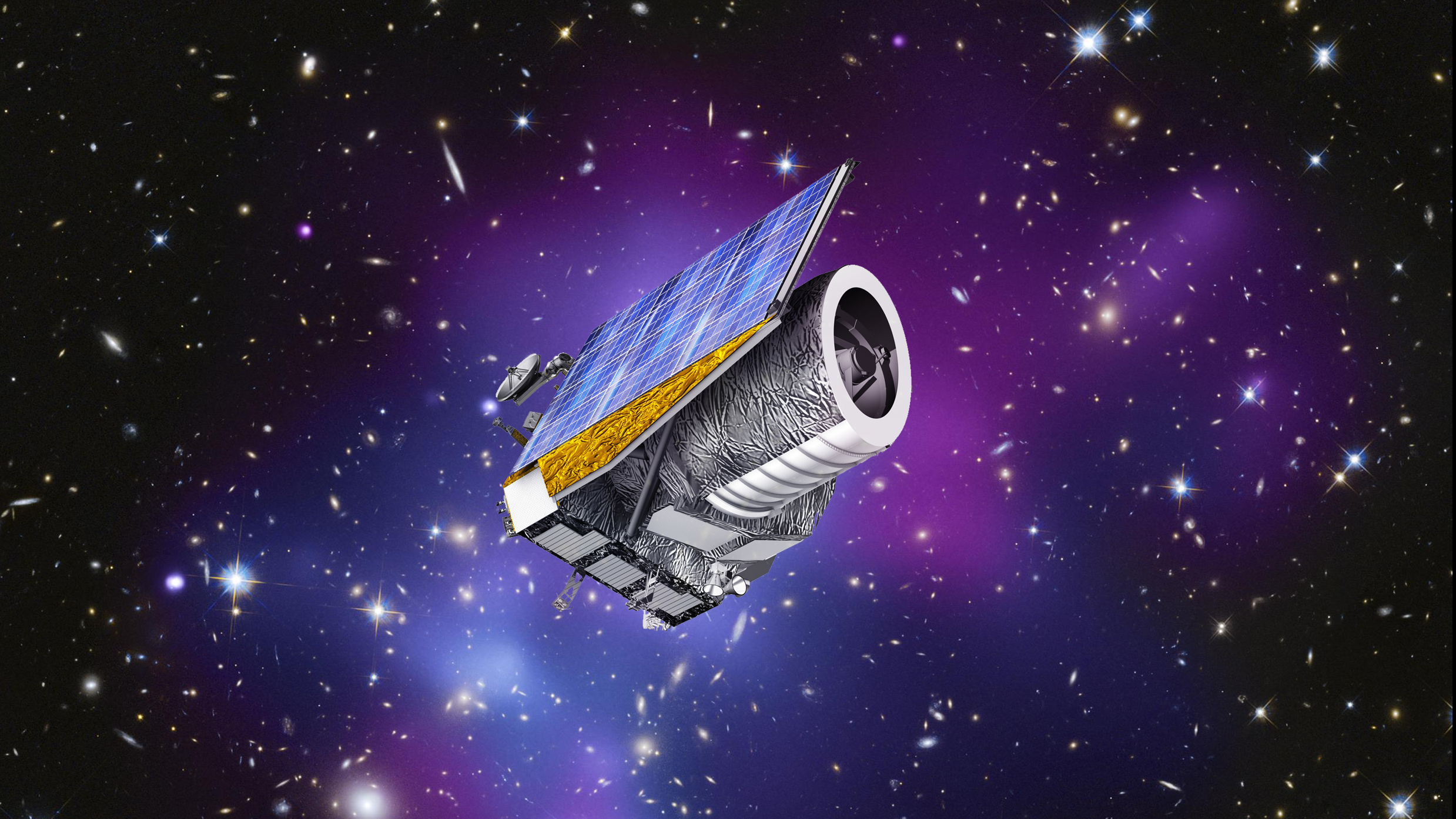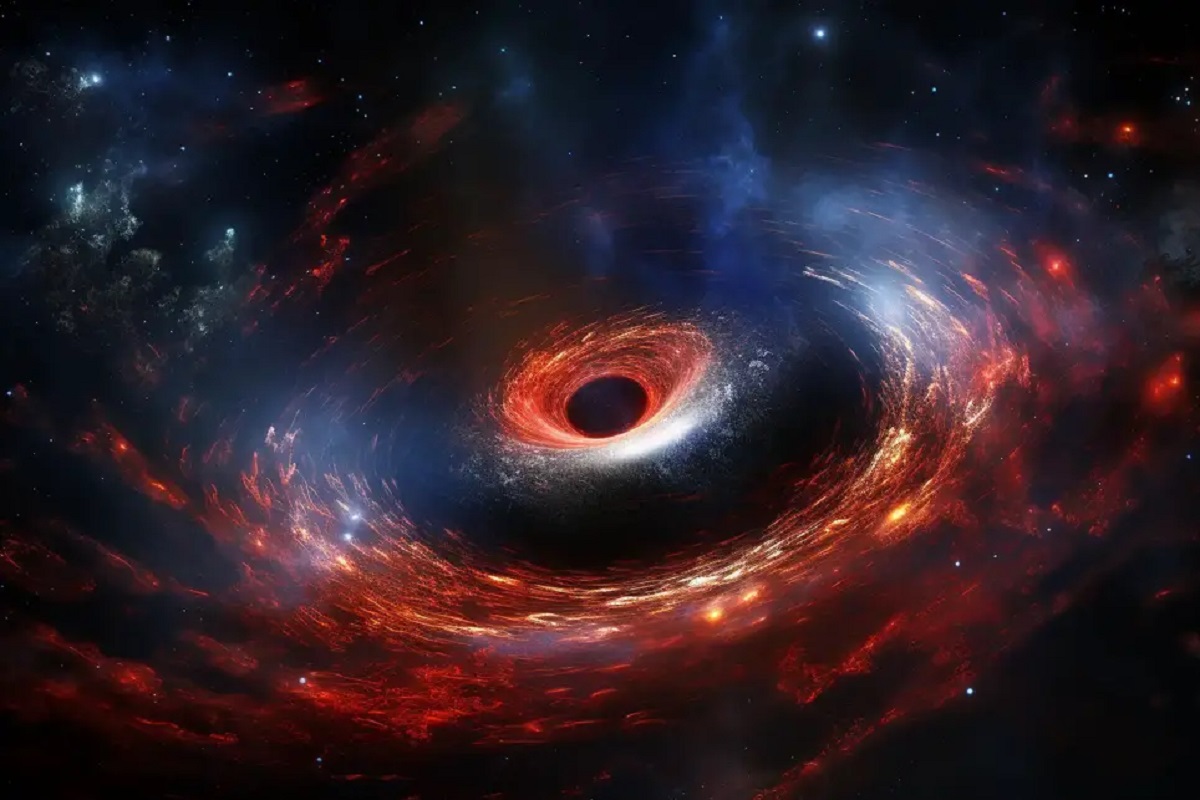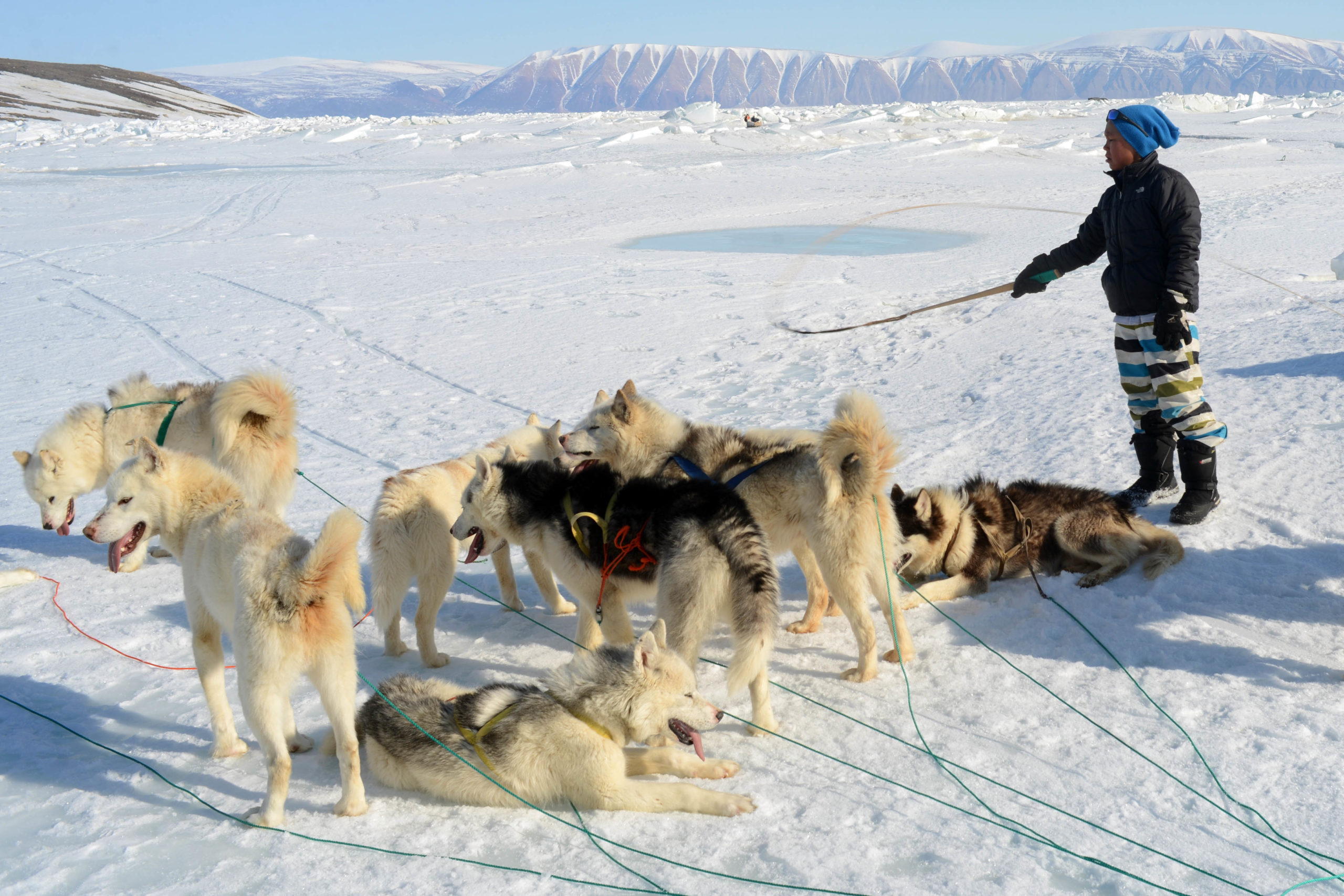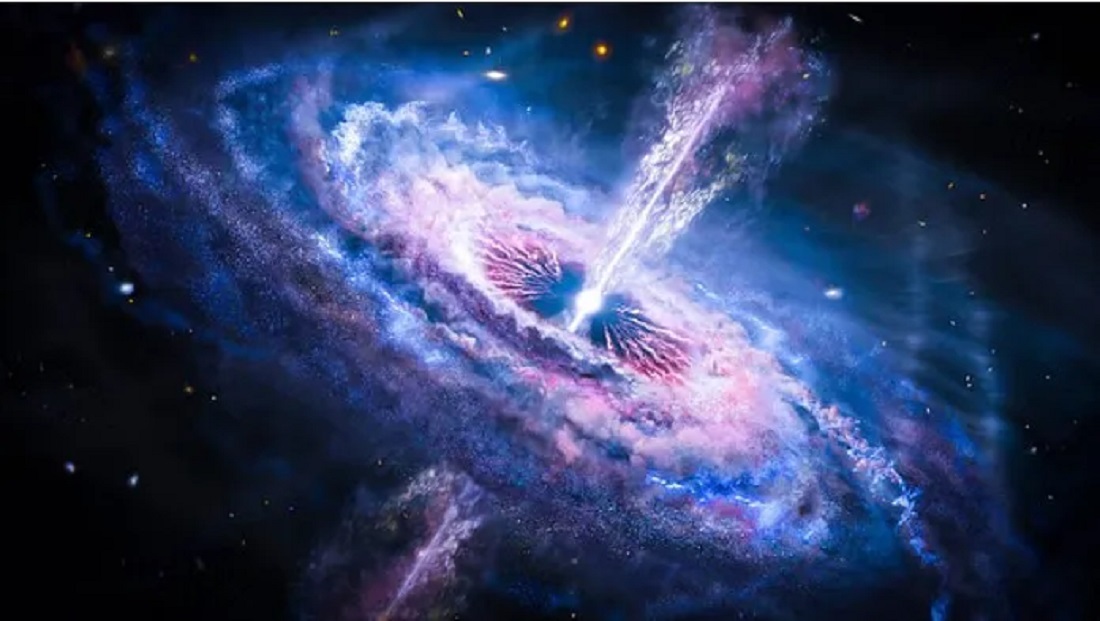The quest to unravel the secrets of the universe’s composition has taken a significant leap forward with the launch of the Euclid telescope from Florida, USA. Developed by the European Space Agency (ESA), this ambitious mission aims to capture images of billions of distant galaxies, creating an unprecedented three-dimensional (3D) map of the universe. Scientists hope that this map will shed light on the elusive phenomena known as dark matter and dark energy.

Dark matter and dark energy are believed to exert a substantial influence on the size and expansion of the visible universe. However, despite their profound impact, researchers still possess limited knowledge about these enigmatic entities, as they cannot be directly observed.
The Euclid mission seeks to address this knowledge gap by leveraging its 3D map. Scientists aim to decipher the effects of dark energy and dark matter on the fabric of spacetime within the universe. Professor Isobel Hooke, an astronomer and lecturer at Lancaster University, explained, “Our lack of understanding of these phenomena prevents us from fully explaining the origins of our universe.”
The insights gained from the Euclid mission will undoubtedly contribute to a better understanding of the cosmos. As Professor Hooke aptly described it, the mission is akin to embarking on a voyage without knowing the destination, aiming to uncover humanity’s position within the universe, trace the formation of galaxies after the Big Bang, and explore the origins of life and our solar system.
With a price tag of 1.4 billion euros, the Euclid telescope was launched into space from Cape Canaveral using SpaceX’s Falcon 9 rocket. It will be positioned approximately 1.5 million kilometers away from Earth, taking about a month to reach its designated orbit. The telescope will revolve around the Sun at the same speed as Earth while capturing cosmic data. Although initially an ESA project, NASA has also made significant contributions, particularly in the scientific and engineering aspects of the telescope.
Utilizing the Euclid telescope, scientists can identify and study the presence of dark matter by analyzing the light emitted from distant galaxies. The Hubble Space Telescope provided the first glimpse of this phenomenon, albeit in a limited area of the sky. In contrast, Euclid will extend this work across an expansive 15,000 square degree region.
The telescope’s VIS (Visible Imaging) camera, developed under UK leadership, will be responsible for capturing colossal images. Professor Mark Cropper from University College London’s Space Research Laboratory emphasized the magnitude of the task, stating that it would require over 300 high-definition televisions just to display a single image.
Dark energy, distinct from dark matter, is another compelling facet of the universe. It is believed to be responsible for the accelerated expansion of the cosmos, causing galaxies to move apart. By analyzing the 3D distribution of galaxies, Euclid will strive to deepen our understanding of dark energy. Scientists anticipate that studying the spatial relationships between various celestial objects will provide insights into the expansion rates of the universe.
The survey conducted by Euclid will provide the most accurate positional data to date on approximately 200 million galaxies situated roughly one thousand billion light-years away from Earth. This endeavor will allow scientists to address pivotal questions, such as whether the rate of expansion is uniform throughout the universe or if there are regional variations.
While Euclid will not directly identify dark matter or dark energy, it will narrow down the range of theories and ideas about these phenomena. The telescope has the potential to stimulate new avenues of research, including novel approaches to identifying dark matter particles.
Professor Mark McCorken from the European Space Agency’s ESO envisioned the impact of Euclid, suggesting that dark energy might represent a fifth force, exerting its influence solely on a cosmic scale, unrelated to life on Earth. Understanding dark energy could have far-reaching implications, influencing predictions about the expansion and future fate of the universe.









